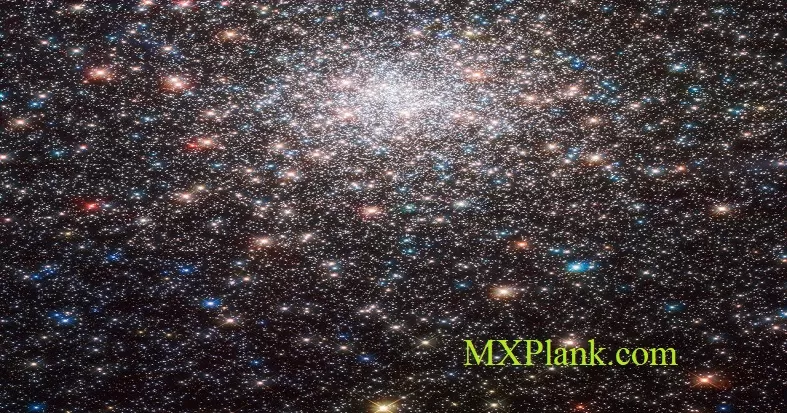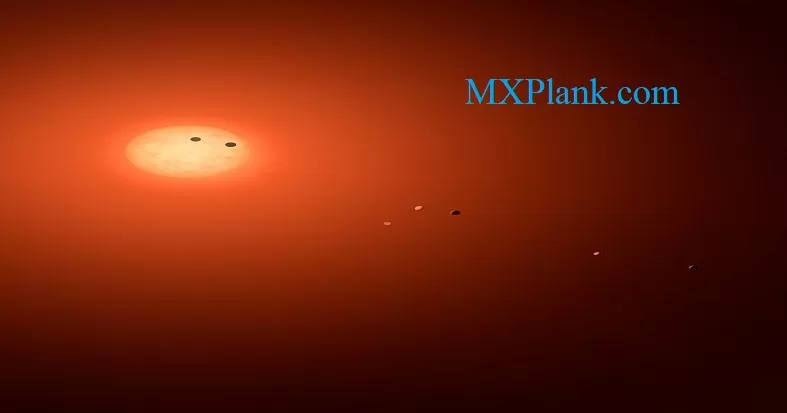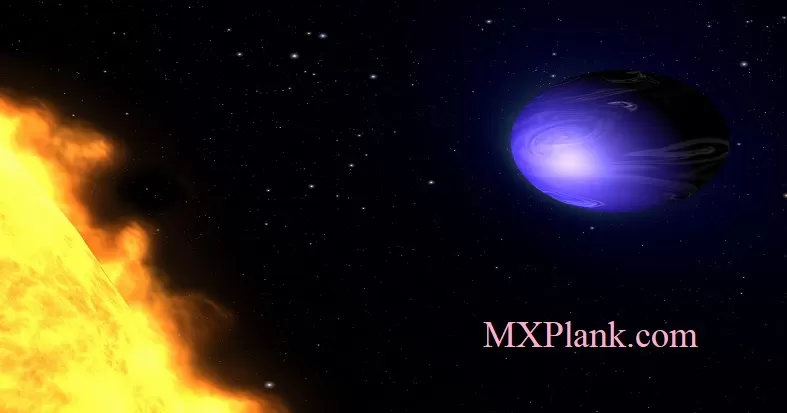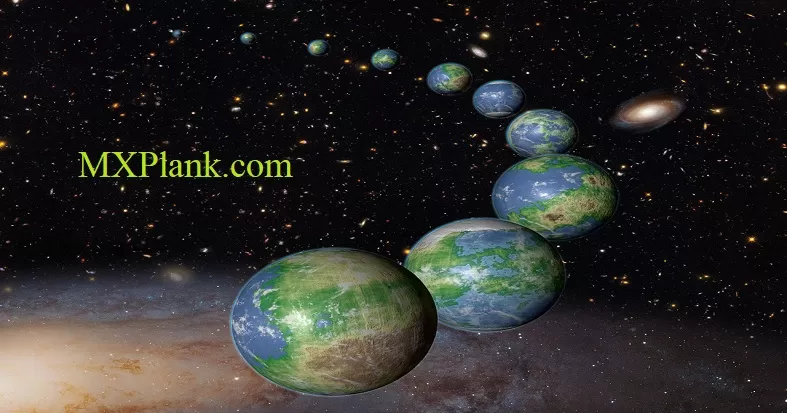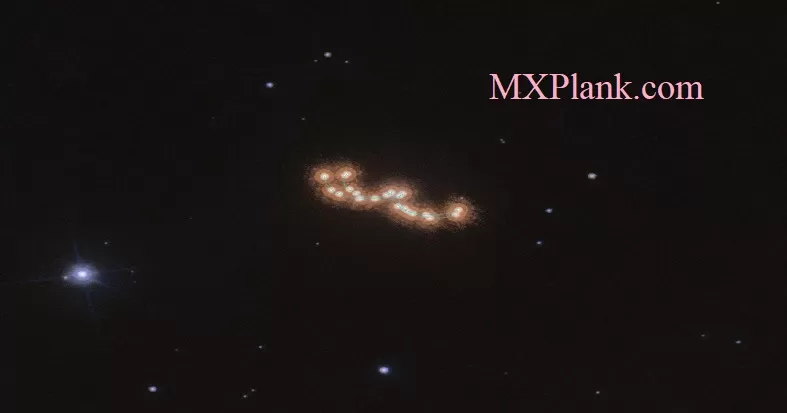Binding Energy
Nuclei are tightly bound together by the strong nuclear force and each nucleus has a characteristic binding energy. This is the amount of energy it would take to completely break up a nucleus and separate all the neutrons and protons in it. Typically, binding energy increases by several megaelectron-volts (MeV) for every proton or neutron added to a nucleus. (Since protons and neutrons are constituent particles of nuclei, they are known collectively as nucleons.) The release of nuclear energy derives from the differences in binding energy between the initial nucleus (or nuclei) and relative to the end-products of the nuclear reaction, such as fission or fusion.

The electrons that whirl around the nucleus are held together in their orbits by electrical forces. It takes on the order of a few electron-volts to dislodge an electron from the outer shell of an atom. The "binding energy" of a nucleon is on the order of a million times greater. Electrons are the particles the enable chemical reactions; nucleons take part in nuclear reactions. The huge differences in binding energy are one measure of the differences in the quantities of energy derived from nuclear compared to chemical reactions.
It must be stressed that the binding energy is the amount of energy that would have to be added to the nucleus to break it up. It can be thought of (approximately) as the amount of energy liberated when a nucleon is drawn into the nucleus due to the short range nuclear attractive force. Since energy and mass are equivalent, nuclei with higher binding energy per nucleon have a lower atomic weight per nucleon.
The key to release of nuclear energy from fission of heavy elements and fusion of light elements is that elements in the middle of the periodic table of elements, with intermediate mass numbers have a higher binding energy per nucleon (that is a lower atomic weight per nucleon). Therefore when a heavy nucleus is fissioned, the resultant products of the nuclear reaction have a slightly smaller combined nuclear mass. This mass difference is converted to energy during nuclear fission.

